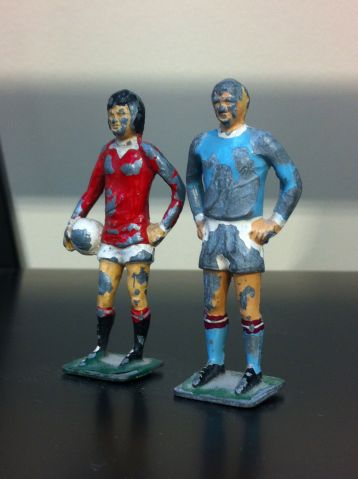Friday morning, waking up to the country’s majority decision to leave the EU, happened to coincide with a day allocated to be in the studio. It took me a while to settle into doing anything, but it was a good day to be distracted and get immersed in some physical shifting around.
My studio these days is tiny! London rent prices have increased to such a level that I can just about justify sharing half of an already halved space. Having said that, I feel safe there, the natural light is brilliant and of course, I’m acutely aware that I’m in a fortunate position to be able to have studio space at all. I spent a huge part of my time there on Friday, shuffling things around in order to give myself maximum wall space. I’ve been trying to make the most of a bad job, making my work to fit around poor wall surfaces and then getting irritated when looking at photos magnifying the flaws. So I spent some time, polyfilling holes and sanding the walls in preparation for white emulsioning the next time I go in.
I managed to make some progress with the ongoing ‘domestic’ collage/installation work as well and because the studio gallery is between shows, was able to spread the work out and take a really good look at it, something I haven’t been able to do for ages. I also had a rummage through the handful of boxes I brought from the garage – a couple of them specially selected because they contained items relevant to ongoing work, but otherwise, containing random, disparate objects.
I never seem to tire of rediscovering and reconnecting with the many items I have in my collections. These days, things are a lot more sorted and organised and the three brooches, two of which once belonged to my Nana, were nestled in tissue paper in the corner of one of the boxes. Tissue, not newspaper, wrapping always suggests something special and I wasn’t disappointed. The photos don’t do them justice – they’re beautiful! – the sparkle and lustre of what my Nana would proudly have called ‘good quality’ rhinestones was picked up by the sun streaming through the studio window. Frivolous maybe, but they were a welcome distraction from the seriousness of politics, it has to be said.
Just before going to the studio, I had a catch-up conversation with a friend – firstly, about the dreadful, tragic death of Jo Cox and inevitably, about the referendum result. We have both been deeply saddened and affected by both events and our conversation revolved around our anger, upset and disbelief. There was talk about getting the anger out through our respective day’s activity- my friend through some furious digging on her allotment plot and me through making angry art – blood red paint was even mentioned.
Something entirely different happened in the studio, however; being there, calmed me down and gave me the much needed head space I needed. And, as so often happens, things turned up in the sorting process that reflected what was going on internally. The colour blue jumped out at me while rummaging through one of the boxes and seemed particularly appropriate, reflecting my own mood and that of many others up and down the country.
Blue: melancholy, sad, depressed, feeling blue.
Some pieces of work that are a part of Nana’s Colours have taken ages to arrive at; this small, simple grouping took no time at all. But it’s strength for me, alongside memories of a dearly loved Nana, is its representation of a defining day, one on which we woke up to discover that the country we live in was no longer a part of the EU. That fact is still taking time to fully sink in. In the meantime, a-n news ran their own article, looking at the many responses from various artists. The article can be read here:










